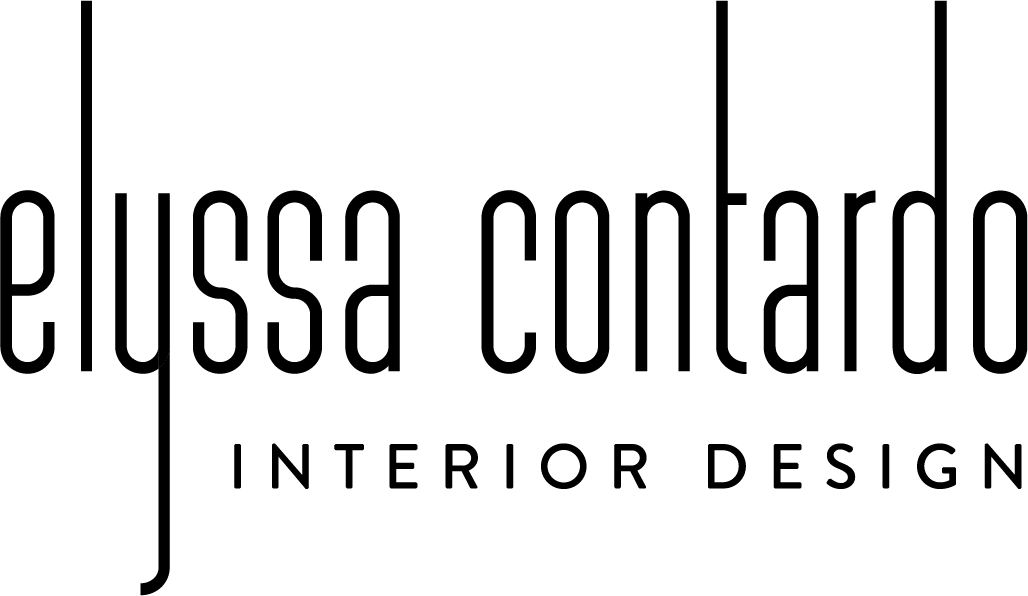Interior Design with Plants & Interior Design for Home
Using plants in interior design can bring life, color, and a touch of nature into any space. Here are some ideas to help you incorporate plants into your interior design effectively:
1. Choose the Right Plants:
Low Light: Snake plant, pothos, ZZ plant, and peace lily.
Bright Light: Succulents, fiddle leaf fig, rubber plant, and bird of paradise.
High Humidity: Ferns, spider plants, and calatheas.
2. Create Green Corners:
Designate a corner of a room to be your plant haven. Group a variety of plants together on different levels using plant stands, shelves, or hanging pots.
3. Use Plants as Focal Points:
Statement Plants: Large plants like a fiddle leaf fig or rubber plant can be a striking focal point in a room.
Plant Walls: Install wall-mounted planters or create a living wall with a variety of plants for a dramatic effect.
4. Incorporate Plants into Furniture:
Plant Stands: Use stands of varying heights to create visual interest.
Tables and Shelves: Place smaller plants on coffee tables, bookshelves, or side tables.
5. Hang Plants:
Macramé Hangers: Add a touch of boho-chic with hanging planters.
Ceiling Hooks: Install hooks to hang plants at different heights for a cascading effect.
6. Use Planters and Pots:
Decorative Pots: Choose pots that match your décor style—ceramic, terracotta, or modern minimalist.
Unique Containers: Consider using vintage teacups, wooden crates, or metal tins for a creative touch.
7. Mix and Match:
Combine different types and sizes of plants for a more natural look. Mixing textures, colors, and shapes can create a dynamic and inviting space.
8. Consider the Room’s Function:
Living Room: Use plants to add texture and warmth.
Kitchen: Herbs in small pots can be both decorative and practical.
Bathroom: Plants like ferns and orchids thrive in the humid environment.
9. Use Plants for Privacy:
Room Dividers: Use tall plants to create natural dividers in open-plan spaces.
Balcony or Patio: Create a green oasis with a variety of plants for privacy and relaxation.
10. Regular Maintenance:
Ensure plants are well cared for with proper watering, sunlight, and occasional repotting. Regularly clean dust off the leaves to keep them looking fresh.
Incorporating plants into your interior design not only enhances the aesthetic appeal but also improves air quality and creates a more calming environment. Have fun experimenting with different arrangements and plant varieties!
Designing your home is an exciting opportunity to create a space that reflects your personality and meets your needs. Here are some key considerations and tips for interior design at home:
1. Define Your Style:
Personal Preferences: Determine what styles resonate with you—whether it's modern, traditional, bohemian, minimalist, or eclectic.
Inspiration: Gather inspiration from magazines, websites, and social media platforms like Pinterest and Instagram. Create mood boards to visualize your style.
2. Plan Your Space:
Functionality: Consider how each room will be used and plan the layout accordingly. Think about traffic flow, comfort, and functionality.
Room Dimensions: Measure your space accurately to ensure that furniture and decor fit well and allow for ease of movement.
3. Choose a Color Scheme:
Color Palette: Select a color scheme that complements your style and creates the mood you want. Neutral tones can create a calming environment, while bold colors can add energy and personality.
Accents and Textures: Incorporate different textures and patterns through textiles, rugs, and accessories to add depth to your color scheme.
4. Furniture Selection:
Quality and Comfort: Invest in quality, comfortable furniture that suits your lifestyle. Consider both aesthetics and practicality.
Scale and Proportion: Choose furniture that is appropriately scaled to your space. Avoid overcrowding rooms with oversized pieces.
5. Lighting:
Layered Lighting: Use a mix of ambient, task, and accent lighting to create a well-lit and functional space. Consider chandeliers, pendant lights, floor lamps, and table lamps.
Natural Light: Maximize natural light by using sheer curtains or blinds that can be easily adjusted.
6. Accessorize:
Artwork and Decor: Add personal touches with artwork, decorative objects, and plants. These elements can express your style and make your home feel more inviting.
Textiles: Use rugs, cushions, and throws to add color, texture, and comfort to your space.
7. Storage Solutions:
Organization: Incorporate storage solutions to keep your home organized and clutter-free. Use built-ins, shelves, and stylish storage boxes.
Multi-functional Furniture: Consider furniture that offers storage options, such as ottomans with hidden compartments or beds with drawers.
8. Create Zones:
Functional Areas: In open-plan spaces, create distinct zones for different activities—such as a reading nook, dining area, or workspace—using furniture arrangements or rugs.
Flow and Connection: Ensure that each zone flows smoothly into the next, maintaining a sense of harmony throughout the home.
9. Personal Touches:
Family Heirlooms: Incorporate personal items or family heirlooms to make the space uniquely yours.
Hobbies and Interests: Reflect your interests and passions through decor, such as incorporating a collection of books, art, or travel souvenirs.
10. Maintain Flexibility:
Evolving Needs: Design with the future in mind. Consider how your needs might change and choose flexible solutions that can adapt to different uses.
Ease of Change: Use removable or easily changeable elements, like cushions and artwork, to update the look of a room without a major overhaul.
11. Budget Management:
Plan and Prioritize: Set a budget and prioritize your spending based on your needs and preferences. Invest in key pieces and look for budget-friendly options for other items.
DIY Projects: Consider DIY projects for custom touches and to save on costs, such as painting walls or upcycling furniture.
12. Professional Help:
Interior Designers: If you’re unsure where to start or need help with complex projects, consider consulting a professional interior designer for expert advice and assistance.
Designing your home is a personal journey and should be enjoyable. It’s about creating a space that feels right for you and enhances your everyday life. Take your time, experiment with ideas, and enjoy the process of making your home truly yours.
